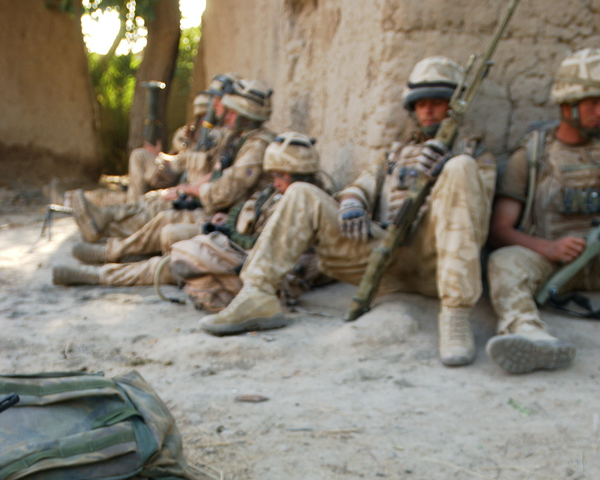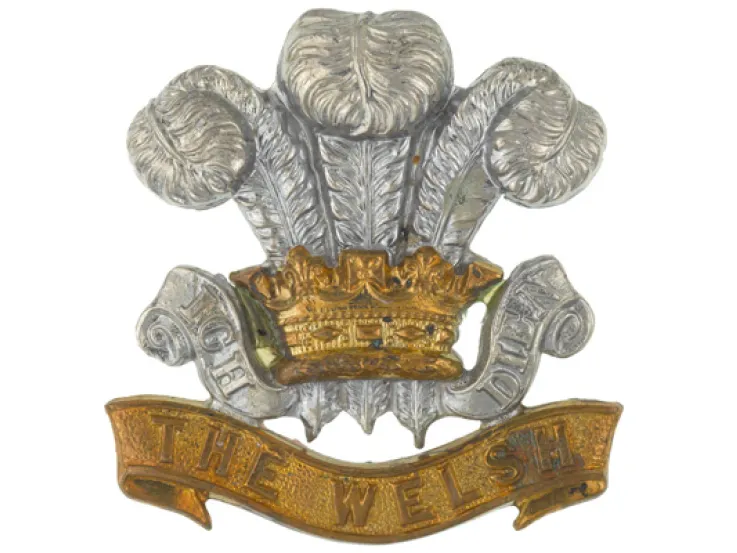Origins
One of the Army’s new large infantry regiments, this unit was formed on St David’s Day 2006 by merging The Royal Regiment of Wales (24th/41st Foot) and The Royal Welch Fusiliers. Initially, it consisted of two regular battalions, one of armoured infantry and one light infantry, alongside a reserve battalion.
Following the regiment's formation, Queen Elizabeth II became its colonel-in-chief. She continues a long tradition of presenting the unit with a goat, which serves as a ranking soldier, not merely as a mascot.
Deployments
In April 2006, 1st Battalion deployed to Cyprus and then to Afghanistan from October 2007 until April 2008. It later returned to Afghanistan for operational tours in October 2009 and April 2012.
Between May and November 2007, 2nd Battalion deployed to Iraq during Operation Telic. In 2009 and 2011, the battalion also sent individual companies to Helmand in Afghanistan.
In April 2014, the 2nd Battalion was merged into the 1st Battalion to form a single armoured infantry battalion. In recent years, this has deployed on operations and training exercises to Somalia, Estonia, Ukraine, Germany, Kenya, Canada and the United States.
The regiment’s 3rd Battalion now serves in a light infantry capacity with the Army Reserve.
Quiz
What is the motto of The Royal Welsh?
The regiment's Welsh motto is 'Gwell Angau na Chywilydd' ('death rather than dishonour').
Regimental museums
The National Army Museum works with a network of Regimental and Corps Museums across the UK to help preserve and share the history and traditions of the Army and its soldiers.
Discover more about The Royal Welsh by visiting the Royal Welsh Museum in Brecon and Firing Line Museum at Cardiff Castle.










